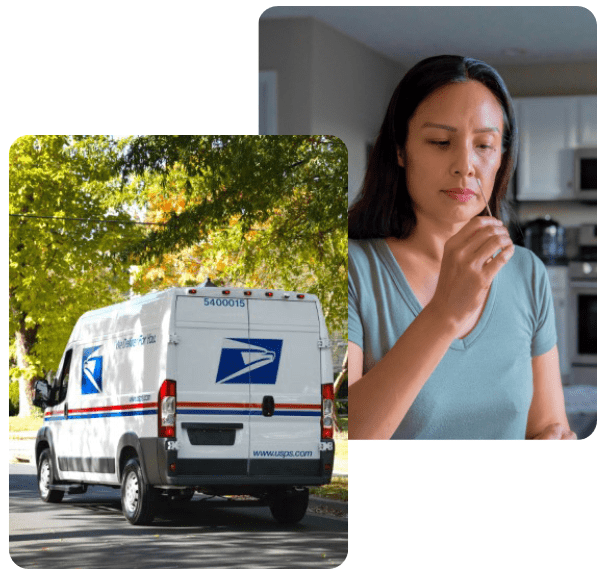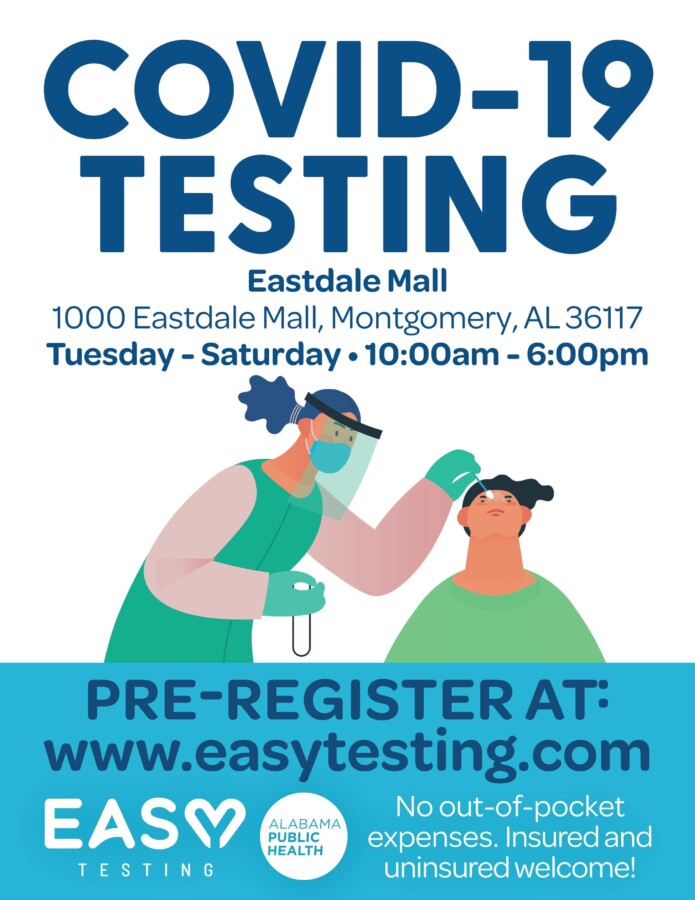 Residential households in the U.S. can order one set of four free at-home tests from USPS.com. Here’s what you need to know about your order:
Residential households in the U.S. can order one set of four free at-home tests from USPS.com. Here’s what you need to know about your order:
- Order your tests from https://special.usps.com/testkits
- Limit one order per residential address
- One order includes four individual rapid antigen COVID-19 tests
- Orders will ship free starting in late January
- Orders usually ship in 7-12 days
THE TESTS AVAILABLE FOR ORDER:
- Are rapid antigen at-home tests, not PCR
- Can be taken anywhere
- Give results within 30 minutes (no lab drop-off required)
- Work whether or not you have COVID-19 symptoms
- Work whether or not you are up to date on your COVID-19 vaccines
TAKE AN AT-HOME TEST:
- If you begin having COVID-19 symptoms like fever, sore throat, runny nose, or loss of taste or smell, or
- At least 5 days after you come into close contact with someone with COVID-19, or
- When you’re going to gather with a group of people, especially those who are at risk of severe disease or may not be up to date on their COVID-19 vaccines.
 SELF-TEST KEY POINTS
SELF-TEST KEY POINTS
- COVID-19 self-tests (also referred to as home tests or over-the-counter (OTC) tests) are one of many risk-reduction measures, along with vaccination, masking, and physical distancing, that protect you and others by reducing the chances of spreading SARS-CoV-2, the virus that causes COVID-19.
- Self-tests can be taken at home or anywhere, are easy to use, and produce rapid results.
- You can use self-tests, regardless of vaccination status, or whether or not you have symptoms.
- Follow all of the manufacturer’s instructions for performing the test.
- If you test positive, you should isolate and inform your healthcare provider, as well as any close contacts.
- Consider using a self-test before joining indoor gatherings with others who are not in your household.
- A positive self-test result means that the test detected the virus, and you are very likely to have an infection and should stay home or isolate for 10 days, wear a mask if you could have contact with others, and avoid indoor gatherings to reduce the risk of spreading disease to someone else.
- A negative self-test result means that the test did not detect the virus and you may not have an infection, but it does not rule out infection. Repeating the test within a few days, with at least 24 hours between tests, will increase the confidence that you are not infected
